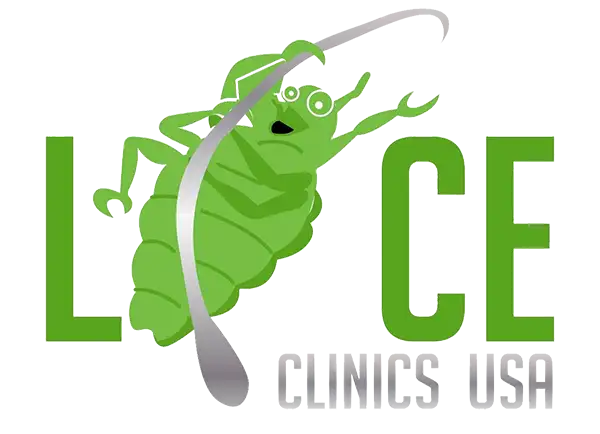Long before human beings had shampoos and soaps to clean their bodies lice have clung to human heads. With modern scientific discoveries that show us just how long these pesky critters have been bothering humankind, it can be quite interesting to note the effect that lice have had on people throughout the ages.
Head lice on Chimpanzees
Scientists believe roughly 5.5 million years ago human head lice became a separate distinction from head lice on Chimpanzees. We now know that human DNA is closely related to chimpanzee DNA, actually with a match of 98%. A louse, or single adult bug, is a small parasite that cannot survive without a host. There are interestingly enough many different types of louse, all species of which plague different birds and mammals. Each type of host has its own type of louse. For this reason, animals of all varieties do not pose a threat to passing on head lice to humans. Ever heard the term nit-picking? This originates from the act of actually grooming one another. Chimpanzees are known for this playful, important social bonding practice among the shrewdness of apes. They literally pick the nits, or lice eggs, off of one another to help control the lice population among them. Roughly 100,000 BC scientists believe that human lice developed into two different types- head lice and body lice.
Ancient Egyptians Were Plagued With Lice
Egyptians mummies and archaeological findings within tombs have been preserved since 3000 BC. Early mummified heads have been studied and found that they were literally crawling with lice. Some specimens had over 400 mummified lice on their heads. The artifacts found included ancient combing devices with traces of louse and nits still evident. Ever notice that most Egyptian royalty simply shaved their heads? Due to the constant risk of catching and spread head lice, this was apparently a logical solution.
Medieval Times and Lice
Whether you were royalty or peasant folk lice was a rampant problem during these times. Some historical enthusiasts claim that this was due to the fact that people who lived during the medieval era had horrific hygiene habits. Others believe this is simply not true. Regardless, obviously bathing and washing clothing was much more of a chore and luxury than it would be today. Because lice can’t fly, hop, jump or bounce off the head of an infected person, during these times in human history the close proximity people lived in was a great factor in the spread of lice. Sharing beds, unclean garments, and poor living conditions made lice a great difficulty. Some believe, yet it hasn’t been proven, that people would wear fur vests in hopes that lice would prefer the fur and move onto the vest instead of their scalp! Now as absurd as that sounds, people have been creatively gullible for centuries.
Early America and Lice
Wisconsin is known for it’s delicious cheeses and home to the beloved Green Bay Packers. Back in the 19th Century life for the frontiersman and their families was not a walk in the park. A large fort was built there in 1816 on an island near the Mississippi River. Artifacts have been found indicating that soldiers there endured many physical challenges including horrific lice infestations. Lice combs were small in size, measuring a few inches wide and were derived from bones. They would wash their hair the best they could and comb through with the bone to wipe out any nits. Although this method was helpful, unsanitary living conditions, no real knowledge of how to handle the problem and extreme close and dirty living conditions made this a breeding ground for lice.
Lice in the 20th Century to Today
Scientists of the 20th century luckily began developing pesticides that helped to start wiping out the head lice problem. By the time of 1930-1940 use of pesticides to ward off mosquitos and other pests proved effective in killing lice and their eggs. Unluckily, the use of these pesticides and their long-term effects were unknown. Overuse and DNA mutation of lice have recently caused the transformation of super lice. Now we understand that chemical treatments are actually not as effective as using devices that kill lice and eggs by dehydration.

